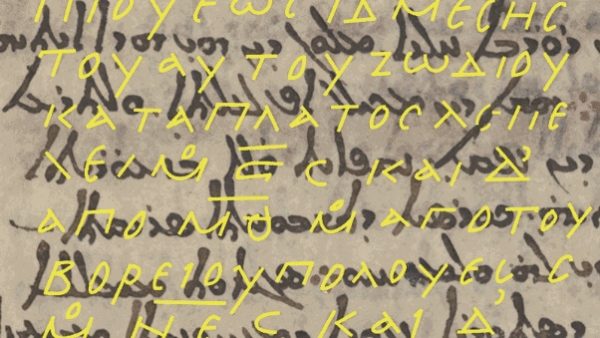
Scholars may have just discovered a fragment of the world’s oldest complete star map.
The map segment, which was found beneath the text on a sheet of medieval parchment, is thought to be a copy of the long-lost star catalog of the second century B.C. Greek astronomer Hipparchus, who made the earliest known attempt to chart the entire night sky. The fragment was concealed beneath nine leaves, or folios, of the religious Codex Climaci Rescriptus at St. Catherine’s Monastery in Egypt’s Sinai Peninsula.
The codex is a palimpsest, meaning the original writings have been scraped from their parchment to make way for a collection of Christian Palestinian Aramaic texts telling stories from the Old and New Testaments. The researchers thought that even earlier Christian texts were buried beneath the pages, but multispectral imaging revealed something more surprising: numbers stating, in degrees, the length and width of the constellation Corona Borealis and coordinates for the stars located at its farthest corners. The researchers published their findings Oct. 18 in the Journal for the History of Astronomy (opens in new tab).
“Writer Fuel” is a series of cool real-world stories that might inspire your little writer heart. Check out our Writer Fuel page on the LimFic blog for more inspiration.

